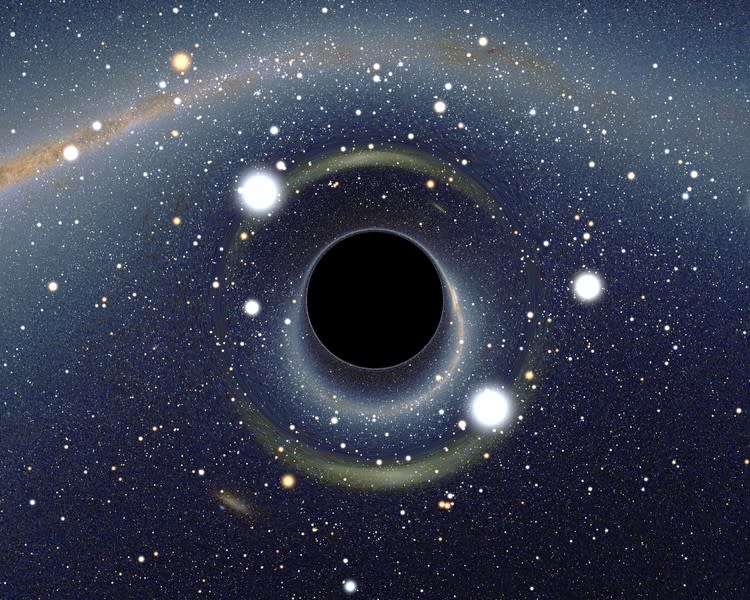 Science and Weather
Science and WeatherAll-star collision: Scientists identify strange object circling galaxy’s black hole

After years of speculation, a mysterious object lurking near a monster black hole at the heart of our Milky Way galaxy has finally revealed itself to astronomers.
Known only as G2, the object was believed to be a giant hydrogen gas cloud three times the size of Earth. However, it turns out that it is in fact a pair of massive stars that had been circling the black hole and actually collided with each other to form one extremely large star. The discovery was published today in the journal Astrophysical Journal Letters.
Having studied the trajectory of G2 for years, the thinking was that it was on a collision course, and would eventually be sucked into the supermassive black hole sitting at the centre of our galaxy some 30,000 light years from Earth.
The much-anticipated cosmic feast of G2 was expected to occur this past summer. But to to the surprise of astronomers who were eagerly watching, the object somehow survived being gobbled up by the stellar predator. Expectations were that falling into the mouth of the black hole would result in a 10,000-fold brightening due to the release of intense radiation.
It was this radiation that astronomers were looking for as a sign that the black hole had devoured its victim. But the light show never happened.
“G2 survived and continued happily on its orbit … a simple gas cloud would not have done that,” said co-author of the study, Andrea Ghez, an astronomer at University of California in Los Angeles, in a press statement.
“G2 was basically unaffected by the black hole. There were no fireworks.”
The black hole, dubbed Sagittarius A, weighs in with a mass equivalent of 4 million suns and is believed to be about as wide as our solar system. Formed from the collapse of matter, black holes are so dense and their gravitational fields so strong that nothing, not even photons of light, can escape their grasp. So while they cannot be directly observed, astronomers are able to watch for their influence on nearby objects like stars, gas and dust that wander a little too close.
The team was able to solve the cosmic mystery by using the largest visible and infrared light telescopes in the world, the twin 10-metre Keck Observatory on the summit of Mauna Kea, Hawaii. The instrument was outfitted with what’s called adaptive optics technology, which magically corrects the blurring effect of Earth’s atmosphere so that distant objects in space appear clearly. This powerful technique allowed the researchers to observe in great detail the region of space around the supermassive black hole and determine that G2 was, in fact, a newly formed massive star swaddled within a cloud of gas and dust.
"We believe this merged object would look puffy and have a lot of gas, but it would be much more massive than a gas blob alone so it would hold itself together," said co-author Tuan Do, an astronomer at the University of Toronto.
"Observing the galactic center is always exciting because there are so many new things to discover all the time, and it is also one of the few places in the universe where we can test our understanding of physics in a human time scale."
Tuan says that all their observations of the cosmic-near miss now tells them that the object is quite compact.
"If it were a gas cloud we would expect it to be more stretched out by the black hole by now," he said.
The researchers now believe that this bizarre, stellar behemoth may in fact be part of an emerging class of stars that astronomers have seen hanging around the core of our galaxy, like bees buzzing a hive. And that many of these giant stars may be the result of mergers in the past, thanks to their run-ins with this supermassive black hole.
"We’re seeing a new class of stars near the black hole, and as a consequence of the black hole,” Ghez added.
“We are starting to understand the physics of black holes in a way that has never been possible before.”


